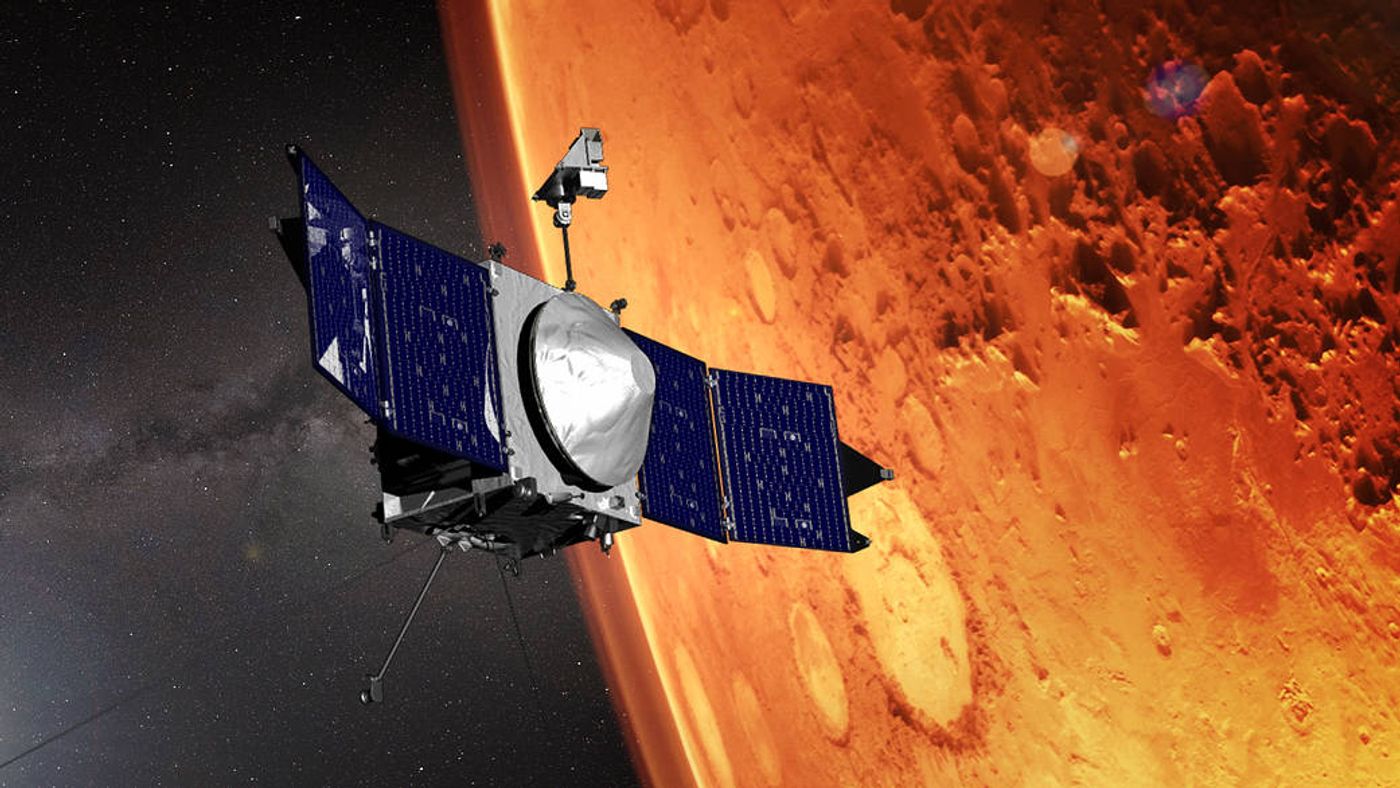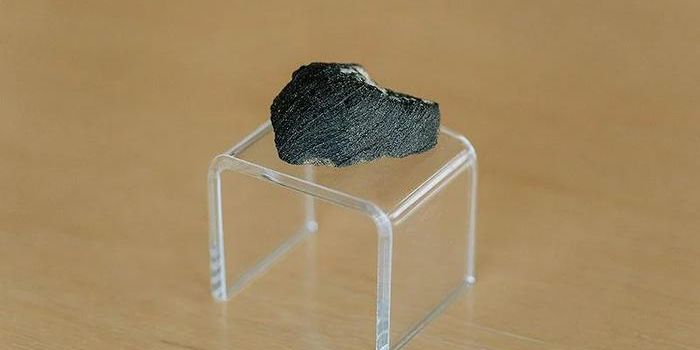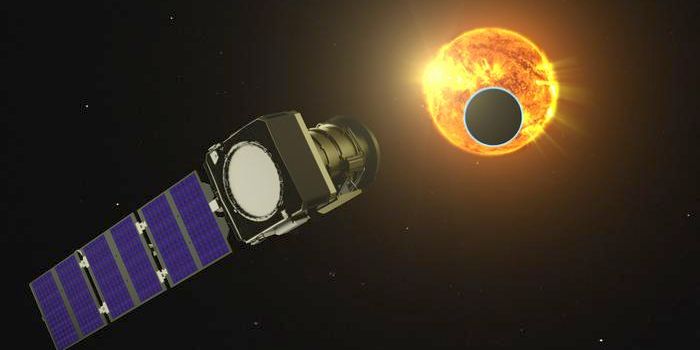Uncovering the Secrets Behind Aurorae on Mars
Aurorae are a familiar phenomenon on our home planet, Earth. Better known as the “northern lights” – aurorae are a beautifully dramatic atmospheric process which occurs when charged particles from the Sun interact with Earth’s atmosphere. The Sun is constantly ejecting charged particles – such as electrons – from its atmosphere, which creates a “solar wind.” The solar wind travels through space at very high speeds (up to 45 million miles per hour) and slams into whatever crosses its path. Luckily, Earth has a global magnetic field which protects us and all other life forms from these highly energized particles. When the solar wind reaches Earth’s atmosphere, its magnetic field redirects the particles towards the poles of the planet, where these high energy particles interact with our atmosphere, thus creating the beautiful lights we all love to see. But, did you know that aurorae can occur on other planets as well? They can, as long as the planet has an atmosphere and a magnetic field.
Mars has neither an atmosphere or a magnetic field, but aurora have been observed there! Until now, scientists did not understand how these aurorae could exist. Physicists at the University of Iowa wanted to understand how aurora, which occur mostly during the night in the southern hemisphere on Mars, are formed.
In a new study published in the Journal of Geophysical Research: Space Physics, physicists claim that aurora on Mars are produced by magnetic fields generated by the crust of the planet at southern latitudes. The team used more than 200 observations of aurora on Mars obtained by the NASA Mars Atmosphere and Volatile Evolution – or MAVEN – Mission. MAVEN launched in November 2013, entering Mars’ orbit to begin observations in September 2014. The goal of this spacecraft is “to explore the planet’s upper atmosphere, ionosphere, and interactions with the Sun and solar wind to explore the loss of the Martian atmosphere to space.”
The MAVEN Mission is allowing scientists to study aurora on Mars for the very first time. This study is the first to look at how the aurora occur and how solar wind conditions affect the aurora on Mars. The team notes that inside the strong crustal field regions, the aurora occurrence rate mostly depends on the orientation of the solar wind magnetic field, while outside the strong crustal field region, the occurrence rate depends mostly on the solar wind dynamic pressure.
Sources: University of Iowa, Space.com









